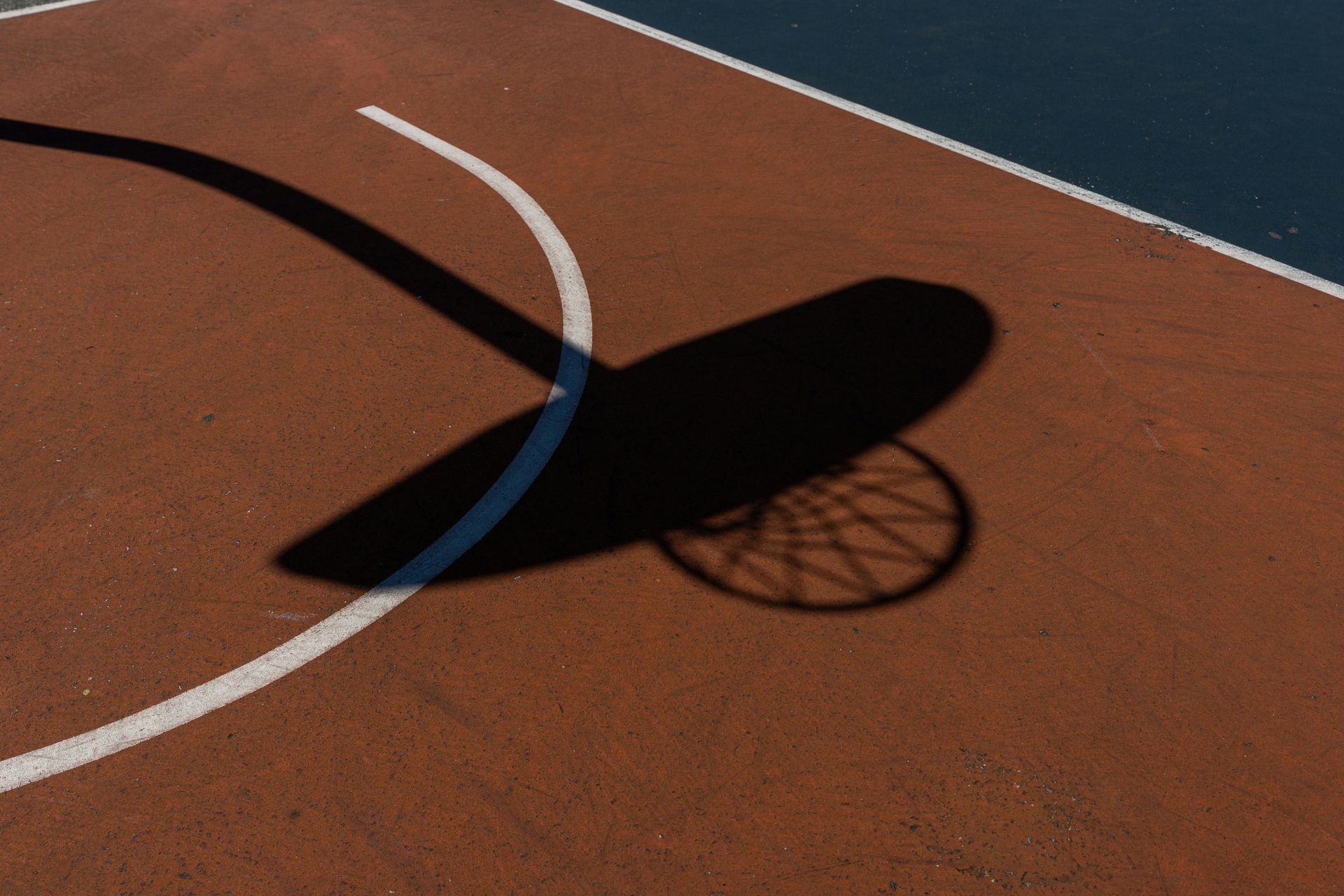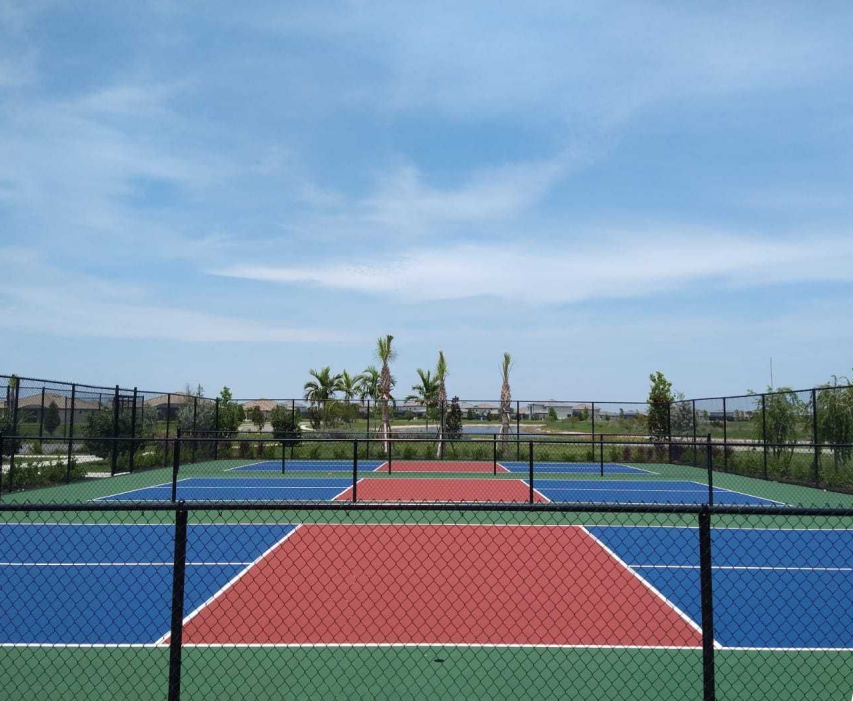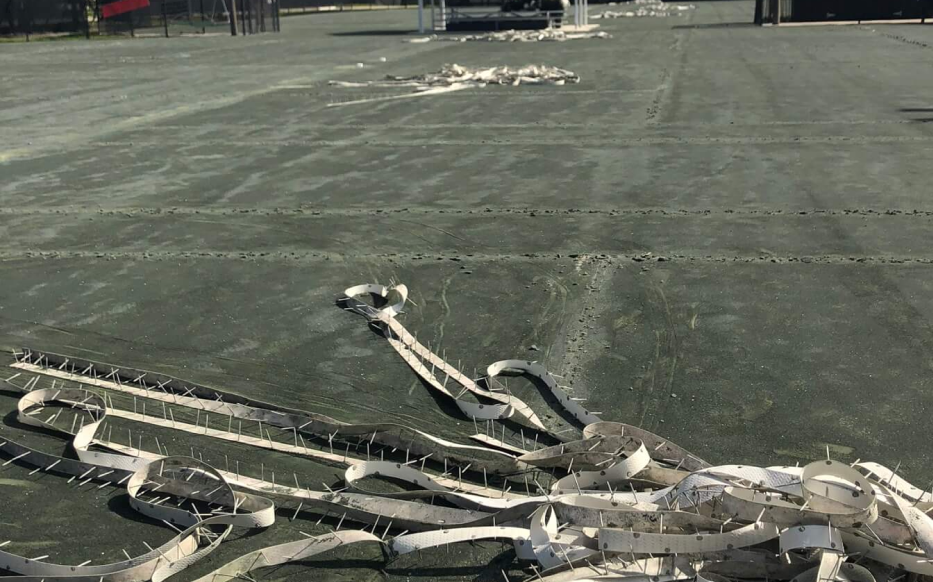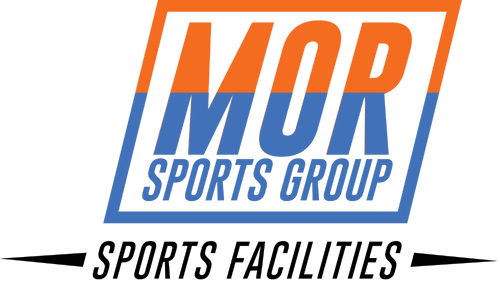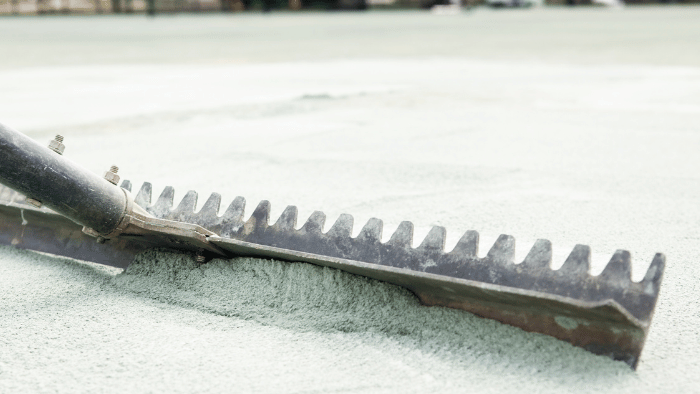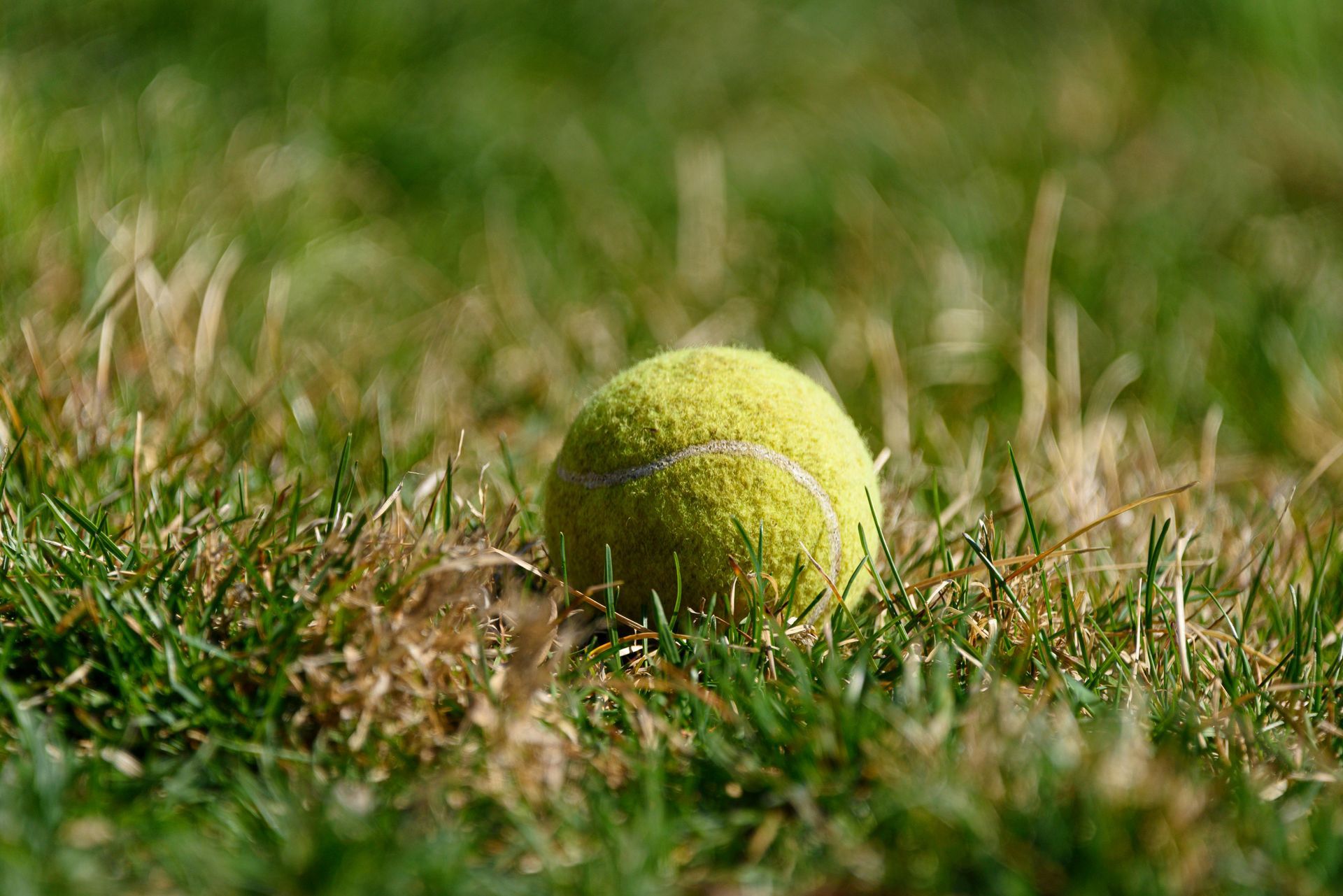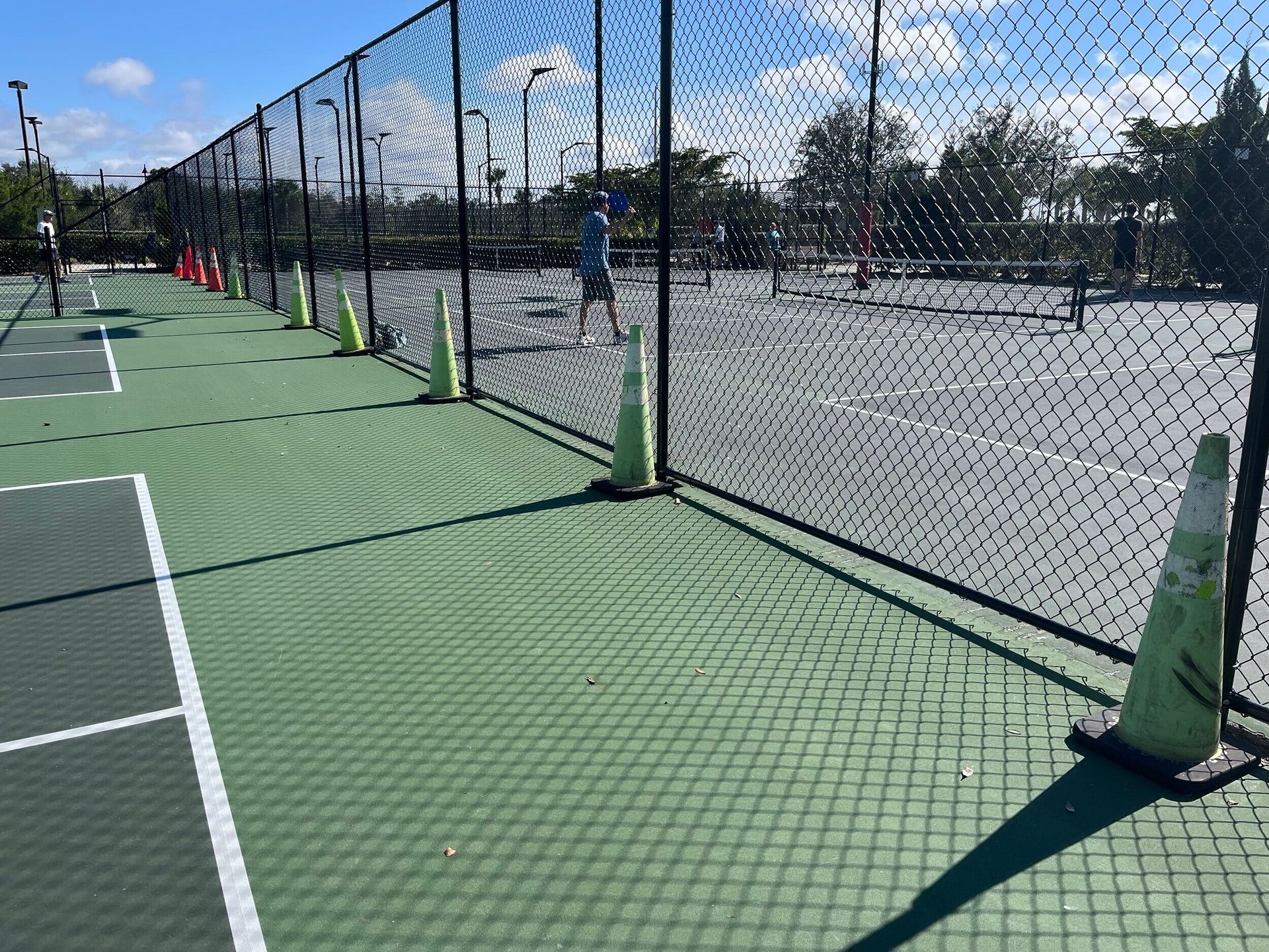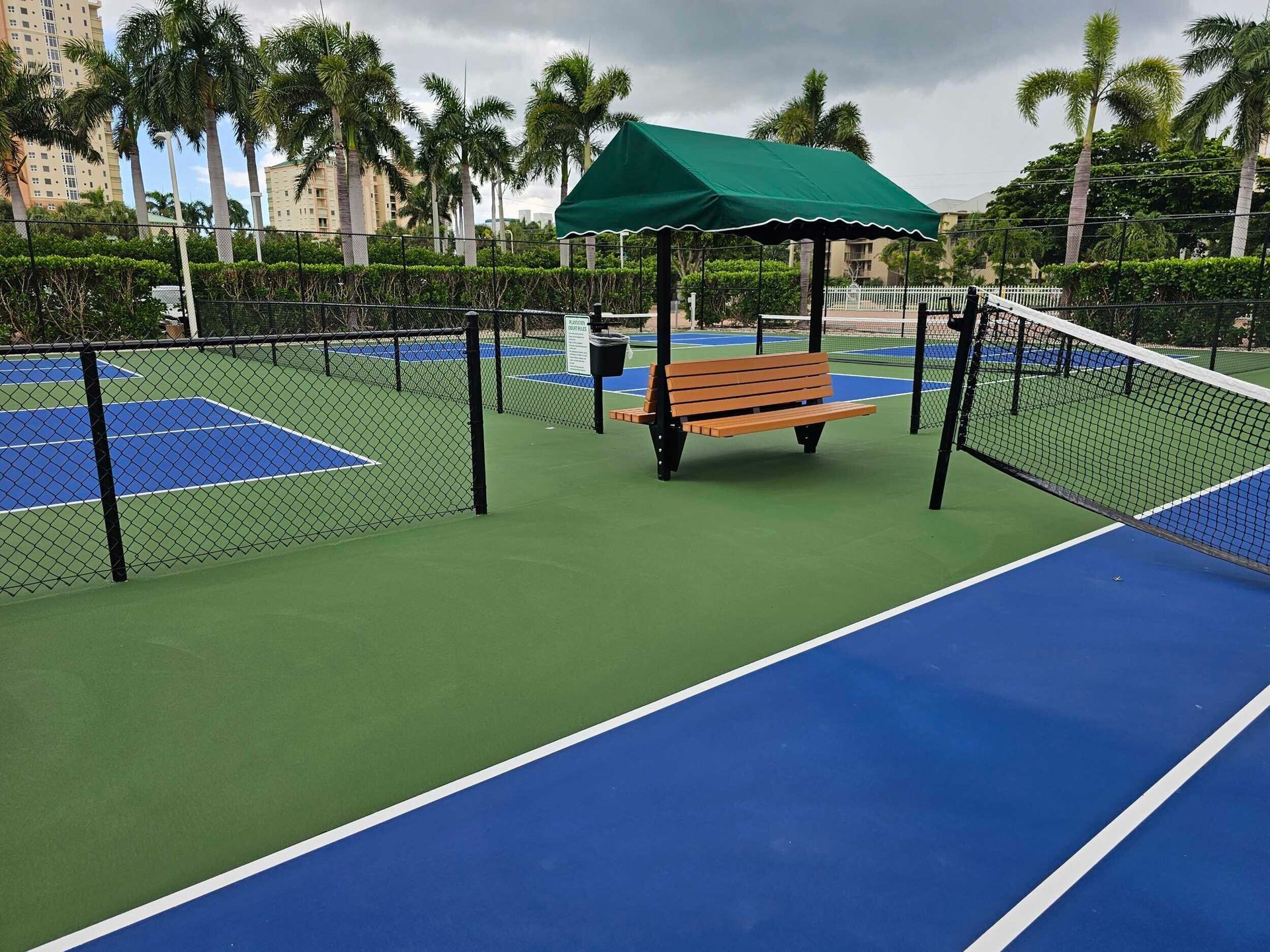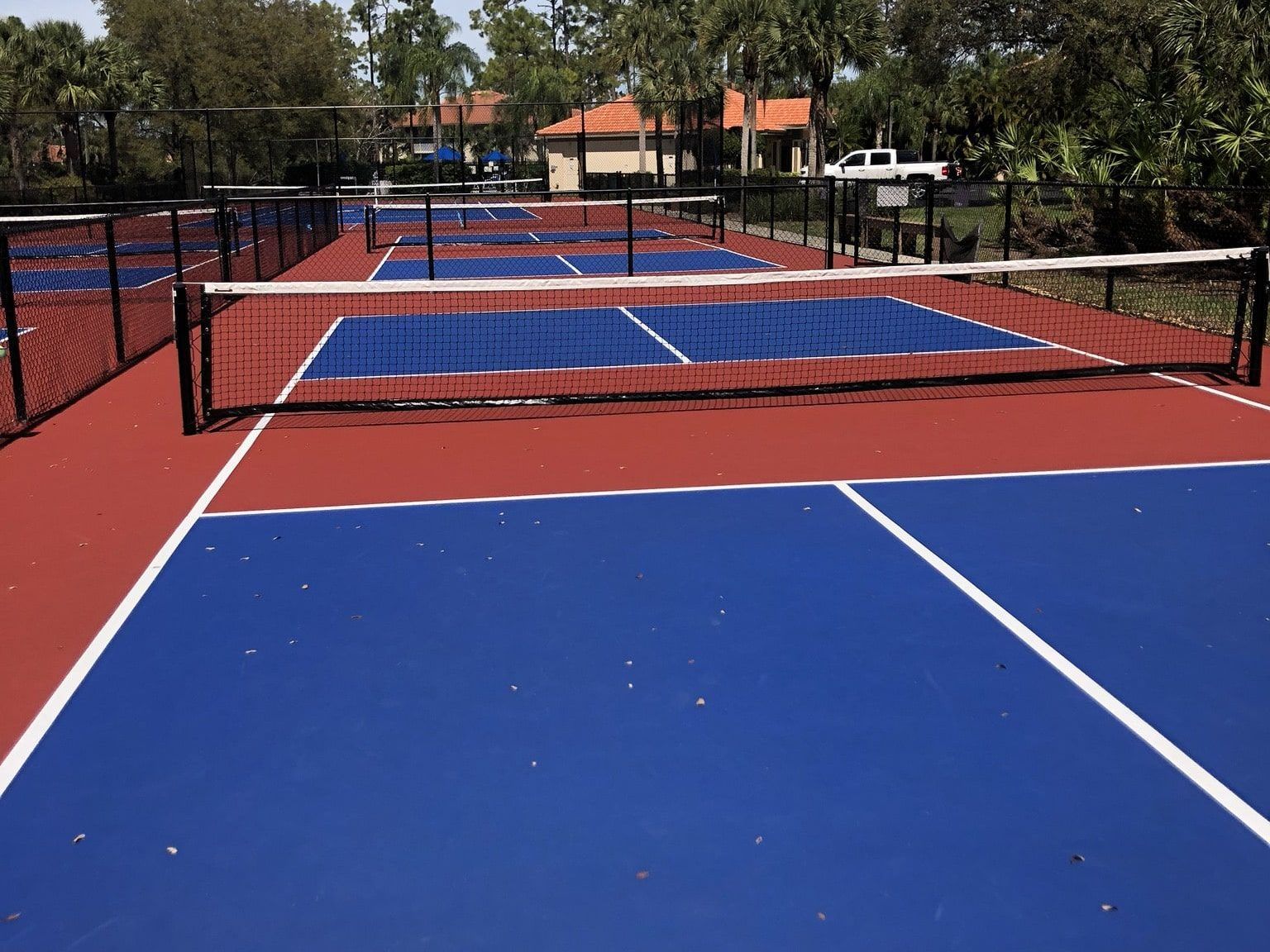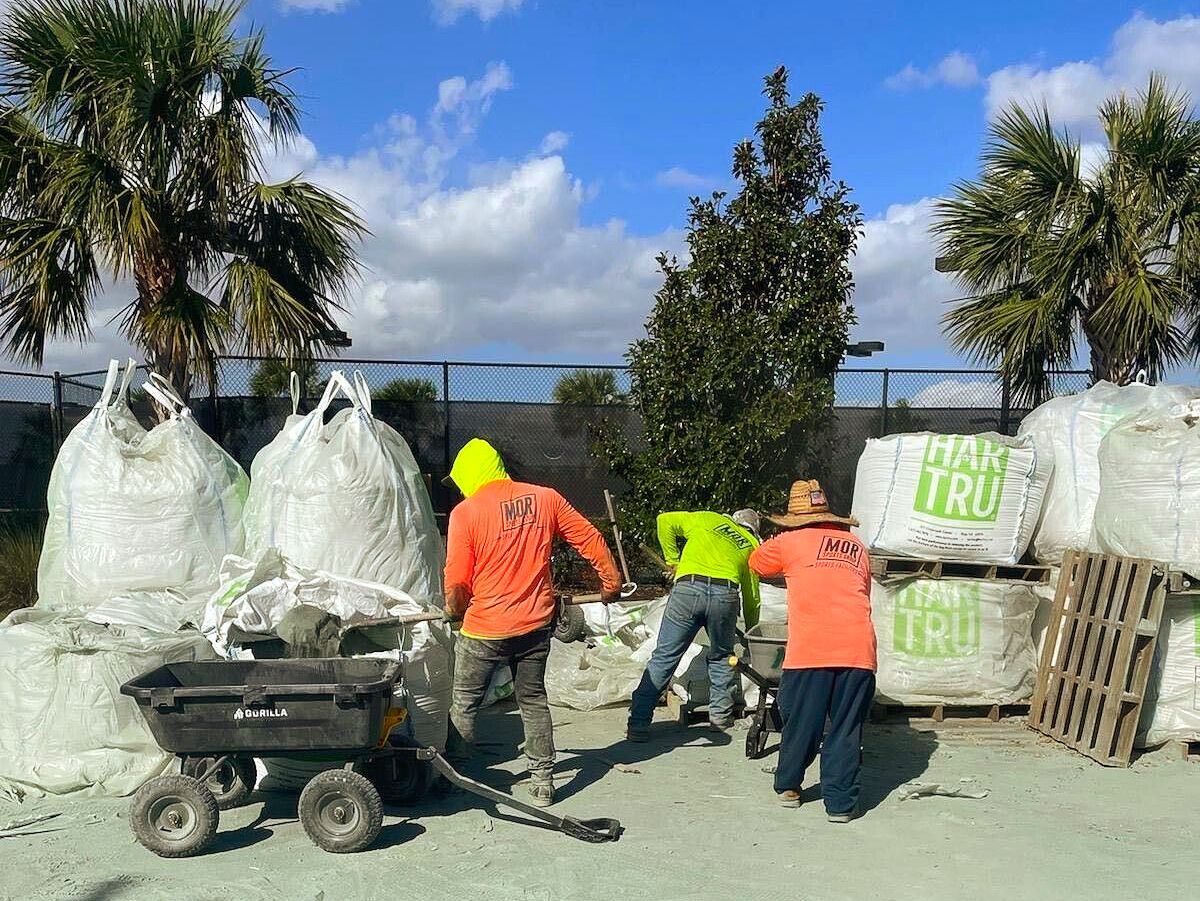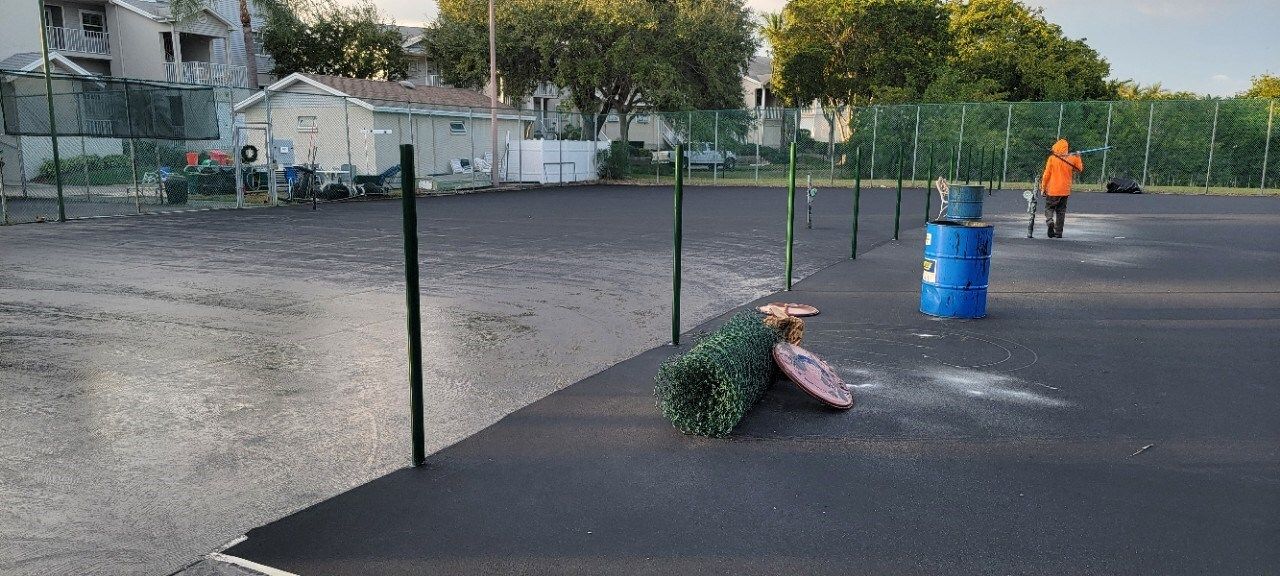How to Ensure Your Tennis Court Complies with Professional Standards
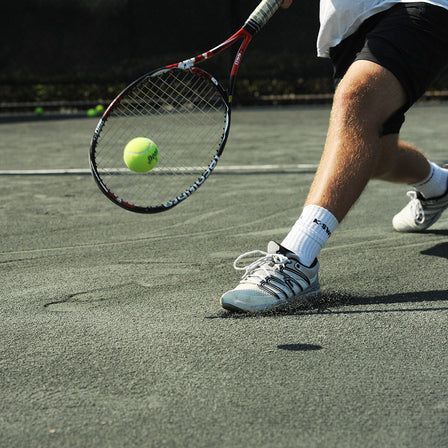
Building a tennis court that meets professional standards is essential to creating a high-quality, safe, and potentially tournament-ready facility. Following guidelines from recognized sports organizations and local regulations ensures your court is suitable for both recreational and competitive play. This article will give you the key standards and guidelines you need to consider when building a tennis court that meets player expectations and lasts for a long time.
Why Compliance Matters in Tennis Court Construction
Meeting professional tennis standards isn’t just about following rules; it’s about ensuring the court provides a safe and enjoyable playing experience. Compliance helps create a high-quality court that benefits players, spectators, and owners. Here’s why compliance is crucial in tennis court construction:
- Compliance with standards minimizes risks of injuries by ensuring proper court slope, drainage, and materials.
- The standards set by appropriate governing bodies ensure consistent ball bounce, traction, and pace across various court surfaces. This predictability is essential for competitive play, enabling players to perform at their best.
- Following professional standards, like regular surface maintenance and proper drainage, extends the court’s lifespan and makes the court more resilient to wear, weather, and frequent use.
The Role of ITF in Tennis Court Construction
The International Tennis Federation (ITF) sets global standards that ensure that tennis courts are consistent and high-quality, from local courts to international tournament venues. It manages major tennis events, including the Davis Cup, the Fed Cup, and the Olympics, reinforcing standardized play across top-tier competitions. With ITF guidelines, players experience a uniform playing environment. Let’s take a look at the standards set by the ITF in the tennis world:
Surface Specifications
Each court surface has specific requirements under ITF standards, affecting everything from playability to player safety. Below are ITF specifications for some of the most common tennis court surfaces:
- Hard Courts: These courts require an acrylic finish for consistent ball bounce and traction. Periodic coating maintenance is needed for smooth, reliable gameplay, particularly for tournament-level courts.
- Clay Courts: Clay surfaces must be evenly compacted with fine aggregate layers to maintain consistent play and a slight slope for drainage. This helps keep the surface level safe and free from excess water.
- Grass Courts: Often used in high-profile tournaments like Wimbledon, grass courts must undergo regular mowing and pest control to maintain a smooth bounce. Grass quality, soil type, and even weather play a role in maintaining grass courts.
- Synthetic Turf: ITF guidelines for synthetic turf cover aspects like cushioning and friction, ensuring players have a safe, predictable surface that resembles natural grass or clay conditions.
Safety Standards
Player safety is at the core of ITF standards for tennis court construction. These measures help prevent injuries and protect both players and the audience.
- Fencing and Boundaries: Courts should have fences at least 10 feet high to keep balls in and protect spectators. Fencing also helps define the court boundaries, especially outdoor courts, creating a safe play area.
- Lighting Specifications: High-quality, glare-free lighting is critical for indoor and evening games. Proper lighting reduces shadows and ensures clear visibility for players. Courts that lack adequate lighting may not qualify for tournament play.
- Drainage Systems and Slope: Outdoor courts should have a slight slope (around 1%) for efficient water runoff. Effective drainage prevents water from pooling, which can lead to slips, falls, and surface damage.
Compliance with Local Building Codes and Zoning Regulations
Adhering to ITF standards is only part of the process; local building codes and zoning laws are also equally important. These regulations vary by location, so understanding them helps avoid potential legal or logistical issues.
- Building Permits: In most cases, permits are required for tennis court construction, especially for public or commercial facilities. Local authorities may impose specific fencing, lighting, and materials requirements based on safety and environmental standards.
- Environmental Regulations: Many areas enforce regulations on stormwater management, noise control, and light pollution, especially for courts near residential zones. For instance, night courts might need noise barriers and controlled lighting.
- Zoning Restrictions: Certain zoning laws dictate the allowable height for fences or lighting setups. Understanding these restrictions beforehand can help avoid fines or delays in your project.
Meeting Tournament Eligibility Standards
If you want to host competitive events, ensuring that your court meets tournament standards is crucial. Courts that meet ITF specifications offer assurance to players and tournament organizers alike.
- Certification and Inspection: Competitive courts require certification from sports organizations like the ITF or national tennis bodies. These inspections verify court features like surface type, lighting, and fencing.
- Court Pace Classification System: The ITF’s Court Pace Classification System ensures consistent ball behavior across surfaces like clay, grass, and hard courts. This classification is crucial for fair play in official matches and includes strict guidelines on surface speed.
Conclusion
Building a tennis court that aligns with professional standards requires attention to detail. Following ITF guidelines and adhering to local regulations goes beyond simply creating a place to play; it’s an investment in quality, safety, and long-term enjoyment. For additional guidance, consider consulting with a contractor like Mor Sports Group who's familiar with these standards to ensure that your tennis court meets all the needed requirements.
